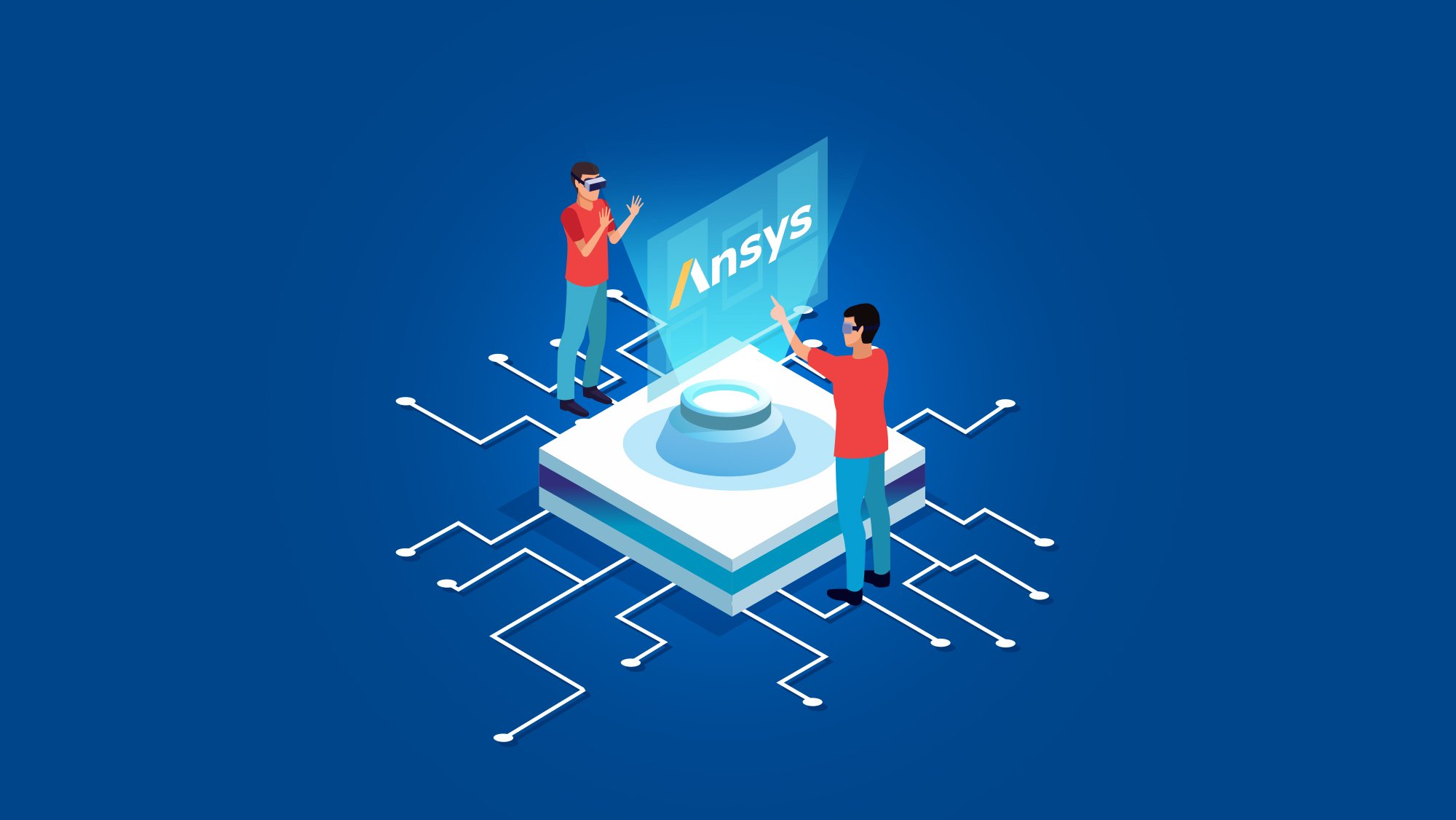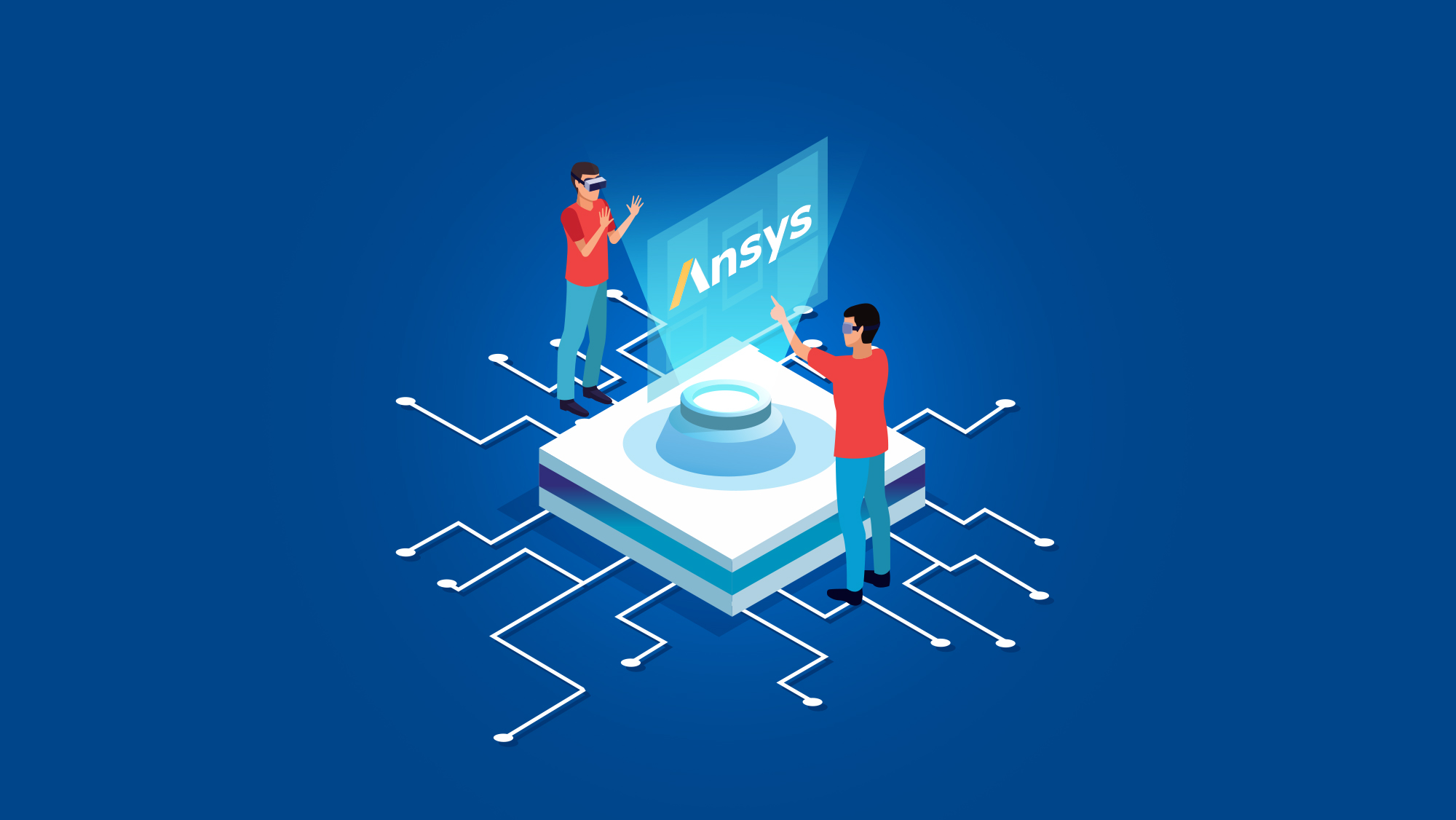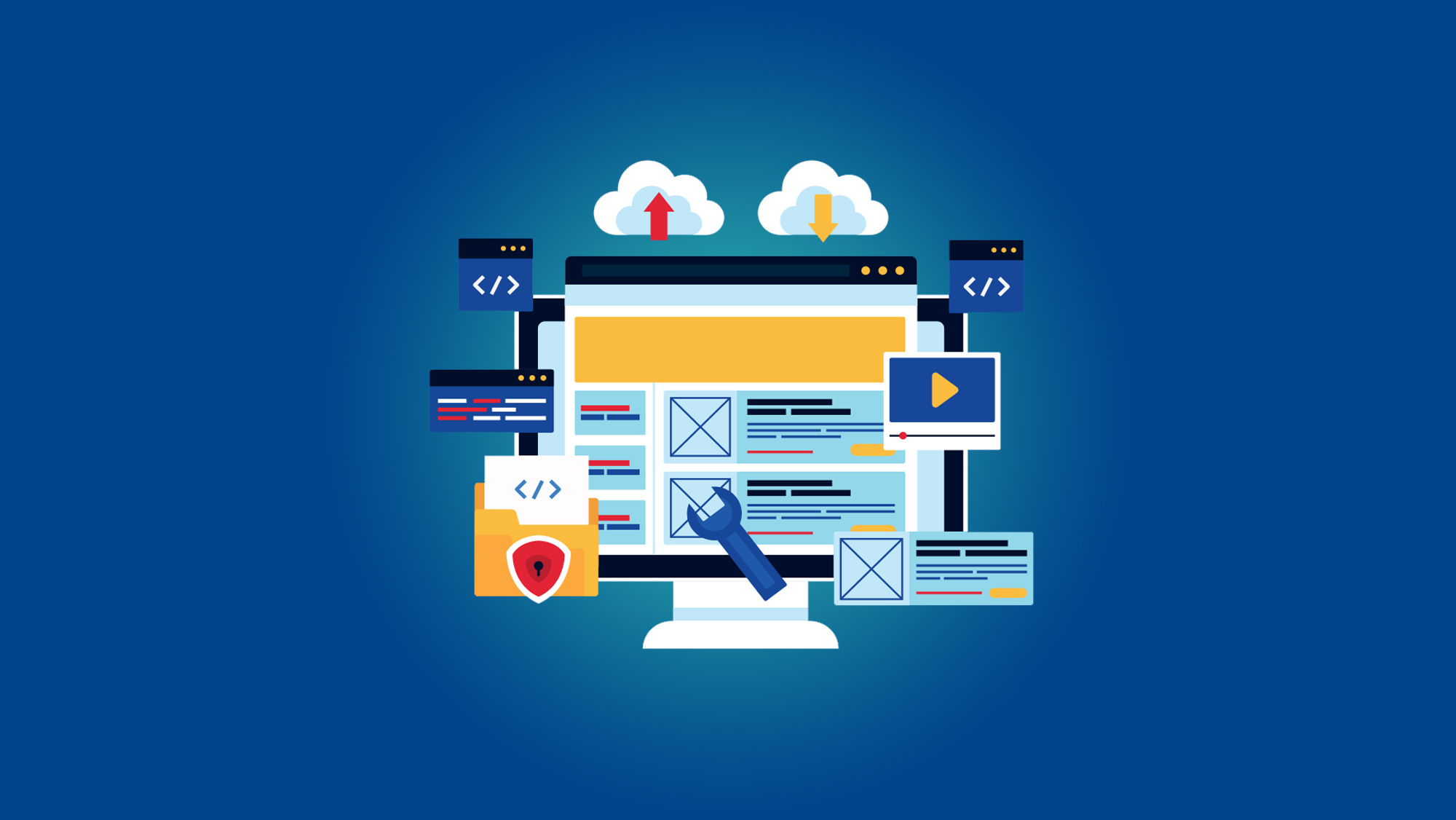Mastering Ansys: Techniques for Advanced Engineering Simulation
Introduction:
Ansys, a global leader in engineering simulation, empowers engineers and researchers to tackle complex real-world challenges through virtual testing and analysis. While Ansys offers a user-friendly interface for beginners, unlocking its full potential requires a deeper dive into advanced techniques. In this comprehensive guide, we will explore key techniques for mastering Ansys, enabling you to perform advanced engineering simulations with precision, efficiency, and innovation.
The Power of Advanced Engineering Simulation:
Engineering simulation allows professionals to predict and analyze how products and systems will perform in the real world, without the need for costly physical prototypes. Ansys offers a wide range of simulation tools that encompass structural mechanics, fluid dynamics, electromagnetic interactions, and more. By mastering advanced techniques, engineers can gain deeper insights, optimize designs, and make informed decisions to drive innovation.
Key Techniques for Mastering Ansys:
- Advanced Meshing: Meshing is a crucial step in simulation, influencing accuracy and convergence. Learn to generate high-quality meshes that capture complex geometries and boundary conditions accurately. Explore techniques like inflation layers, swept meshing, and mesh controls to refine your meshing skills.
- Parametric Analysis: Leverage Ansys Workbench's parametric analysis capabilities to explore design alternatives systematically. Master the creation of parameter sets, defining design variables, and setting up design point scenarios to efficiently analyze the effects of parameter variations.
- User-Defined Functions (UDFs): For simulations involving complex physical phenomena, such as combustion or custom boundary conditions, UDFs provide a powerful tool. Learn to write custom code in languages like C or Fortran to define your own functions and boundary conditions.
- Multiphysics Coupling: Real-world scenarios often involve interactions between different physics, like fluid-structure interaction or thermal-electric coupling. Master the art of setting up multiphysics simulations by coupling different solvers and interpreting results across multiple domains.
- Transient Analysis: Many engineering problems involve dynamic behavior over time. Learn to set up transient analyses to study transient phenomena, such as impact, vibration, or thermal transients, and interpret time-dependent results.
- Optimization and Design Exploration: Optimization techniques allow you to find the best design solution that meets specific performance criteria. Master Ansys's design exploration and optimization tools to automate parameter sweeps, response surface optimizations, and more.
- High-Performance Computing (HPC): For complex simulations that require substantial computational resources, explore Ansys's HPC capabilities. Learn to efficiently distribute simulations across multiple processors to significantly reduce analysis times.
- Advanced Post-Processing: Effective post-processing transforms simulation results into actionable insights. Dive into Ansys's post-processing tools to create custom reports, animations, and graphs, and gain a deeper understanding of your simulation outcomes.
Real-World Applications:
Advanced Ansys techniques find application in various industries and domains:
- Automotive: Analyze crash simulations, aerodynamics, and vehicle dynamics for enhanced vehicle design and safety.
-

- Aerospace: Optimize wing designs, predict aircraft behavior under extreme conditions, and simulate combustion dynamics for propulsion systems.
- Energy: Study fluid flow and heat transfer in nuclear reactors, optimize wind turbine designs, and simulate thermal processes in power plants
- Biomedical: Simulate blood flow, stress distribution in implants, and tissue interactions for medical device design and healthcare advancements.
Continuous Learning and Resources:
Mastering Ansys is a continuous journey that involves practice and exploration. Ansys offers extensive documentation, webinars, tutorials, and user forums to support your learning and skill development. Engage with the Ansys community to exchange knowledge and learn from experts.
Conclusion:
Mastering advanced techniques in Ansys elevates your engineering simulation capabilities to new heights. By delving into advanced meshing, parametric analysis, user-defined functions, multiphysics simulations, and more, you can accurately model complex real-world scenarios and make informed design decisions. Whether you're an aspiring engineer, a seasoned professional, or a researcher pushing the boundaries of innovation, the mastery of Ansys techniques empowers you to excel in advanced engineering simulation and contribute to the advancement of technology and science.
You May Also Like
These Related Stories

Ansys Unlocks Design Excellence: Transforming Product Development

Everything You Need to Know About Ansys Training



No Comments Yet
Let us know what you think